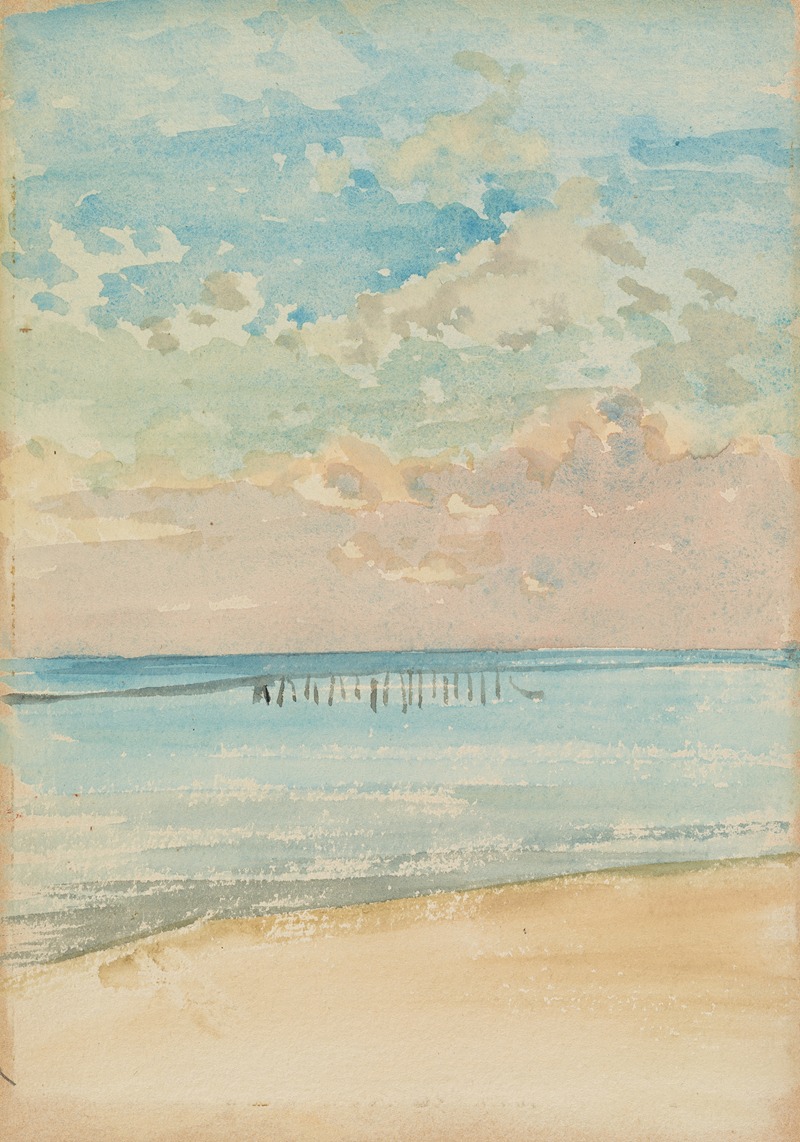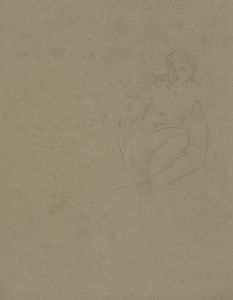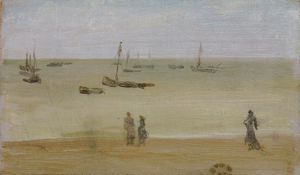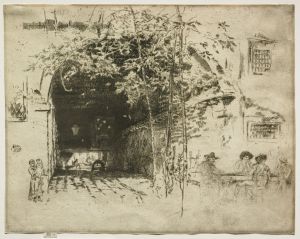
Southend–Sunset
A hand-painted replica of James Abbott McNeill Whistler’s masterpiece Southend–Sunset, meticulously crafted by professional artists to capture the true essence of the original. Each piece is created with museum-quality canvas and rare mineral pigments, carefully painted by experienced artists with delicate brushstrokes and rich, layered colors to perfectly recreate the texture of the original artwork. Unlike machine-printed reproductions, this hand-painted version brings the painting to life, infused with the artist’s emotions and skill in every stroke. Whether for personal collection or home decoration, it instantly elevates the artistic atmosphere of any space.
James Abbott McNeill Whistler's painting "Southend–Sunset" is a notable work by the American-born, British-based artist, who is renowned for his contributions to the Aesthetic Movement and his innovative approach to art. Whistler, born in 1834, was a pivotal figure in the late 19th-century art world, known for his distinctive style and his belief in "art for art's sake."
"Southend–Sunset" is an evocative representation of a sunset over the coastal town of Southend-on-Sea, located in Essex, England. This painting captures the tranquil beauty of the natural landscape, a common theme in Whistler's work, which often focused on atmospheric effects and the subtle interplay of light and color.
Whistler's technique in "Southend–Sunset" reflects his mastery of tonal harmony and his ability to convey mood through minimalistic compositions. The painting is characterized by its delicate use of color, with soft hues of pink, orange, and blue blending seamlessly to depict the fading light of the setting sun. The horizon line is low, emphasizing the expansive sky, which dominates the composition and creates a sense of calm and serenity.
The influence of Japanese art, particularly ukiyo-e prints, is evident in Whistler's work, including "Southend–Sunset." This influence can be seen in the painting's simplicity, asymmetrical composition, and the use of flat areas of color. Whistler was known to have collected Japanese prints and incorporated their aesthetic principles into his own work, which was part of a broader trend of Japonisme that swept through European art in the late 19th century.
"Southend–Sunset" exemplifies Whistler's philosophy that art should evoke an emotional response rather than simply depict a scene realistically. He often titled his works with musical terms, such as "nocturne" or "symphony," to emphasize their abstract qualities and to suggest that they should be appreciated for their beauty and mood rather than their subject matter. Although "Southend–Sunset" does not carry a musical title, it embodies the same principles of harmony and composition that Whistler applied to his other works.
The painting is part of Whistler's broader body of work that includes portraits, cityscapes, and seascapes, all of which demonstrate his innovative approach to art. Whistler's influence extended beyond his own paintings; he was also a significant figure in the art world through his writings and his role in various art societies.
"Southend–Sunset" is housed in a public or private collection, where it continues to be appreciated for its beauty and its representation of Whistler's artistic vision. The painting remains an important example of Whistler's contribution to the development of modern art and his ability to capture the ephemeral qualities of light and atmosphere.
In summary, "Southend–Sunset" by James Abbott McNeill Whistler is a masterful depiction of a serene coastal sunset, showcasing the artist's skill in tonal harmony and his innovative approach to composition. The painting reflects Whistler's broader artistic philosophy and his influence from Japanese art, making it a significant work in the context of 19th-century art history.


















